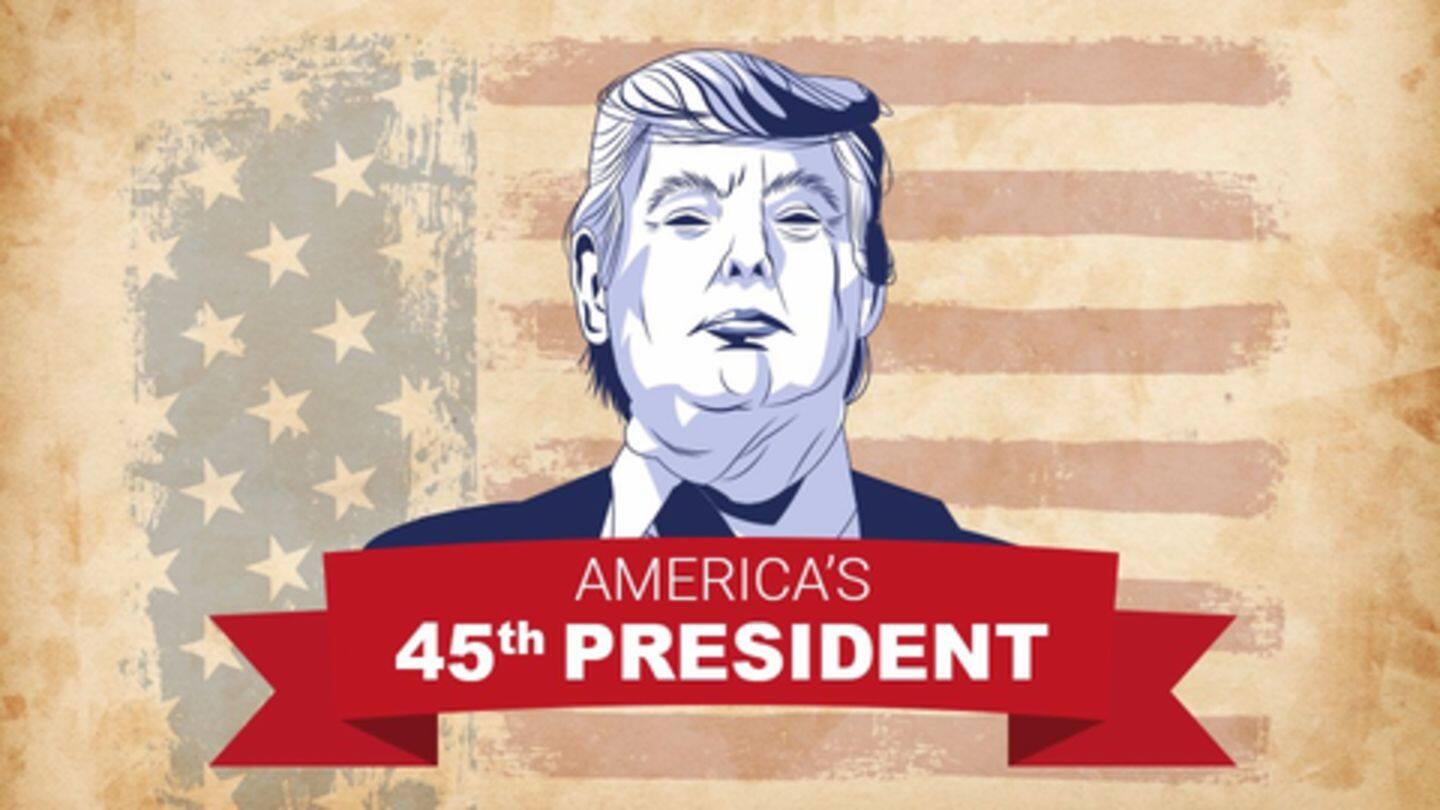
H-1B visa changes: No place for Indians in Trump's America
What's the story
Donald Trump's new policy on H-1B visa rules will make it more difficult for tech giants to import Indians to the US for work. Before the H-1B visa process begins on April 2, we list the biggest changes recently published in the policy memorandum of the US Citizenship and Immigration Services. We also decode what they mean for IT companies and Indian professionals.
Little guarantee
No minimum 3-year window for H-1B visa-holders
H-1B visas will be granted for only the time the beneficiary has specified work in the US, a marked departure from the current visa norm of three years + a likely three-year extension. Now, there will be detailed checking of the company's assignments, the H-1B beneficiary's specialty occupation and the duration for which they are needed. So, visa-holders may not even get three years.
Details
No moving between projects, companies; more expensive paperwork
Moreover, H-1B visa-holders wouldn't be able to move between projects/firms once in America. Trump's administration has made it mandatory for companies to establish that H-1B visa beneficiaries in the US have "specific and no speculative qualifying assignments in a speciality occupation" for the entire visa period. This will in turn increase unnecessary, expensive and detailed documentation for both visa-holders and companies.
Key points
Other measures to make migrating to the US impossible
Other major changes to discourage the migration of high-skilled Indians to America include: -Temporarily suspending H-1B visa premium processing -Making getting a Green Card for H-1B visa-holders a nightmare -Making it difficult for them to get work on the basis of qualification However, in a welcome move, the administration has postponed implementing a proposal to bar spouses of certain H-1B visa-holders from getting jobs.